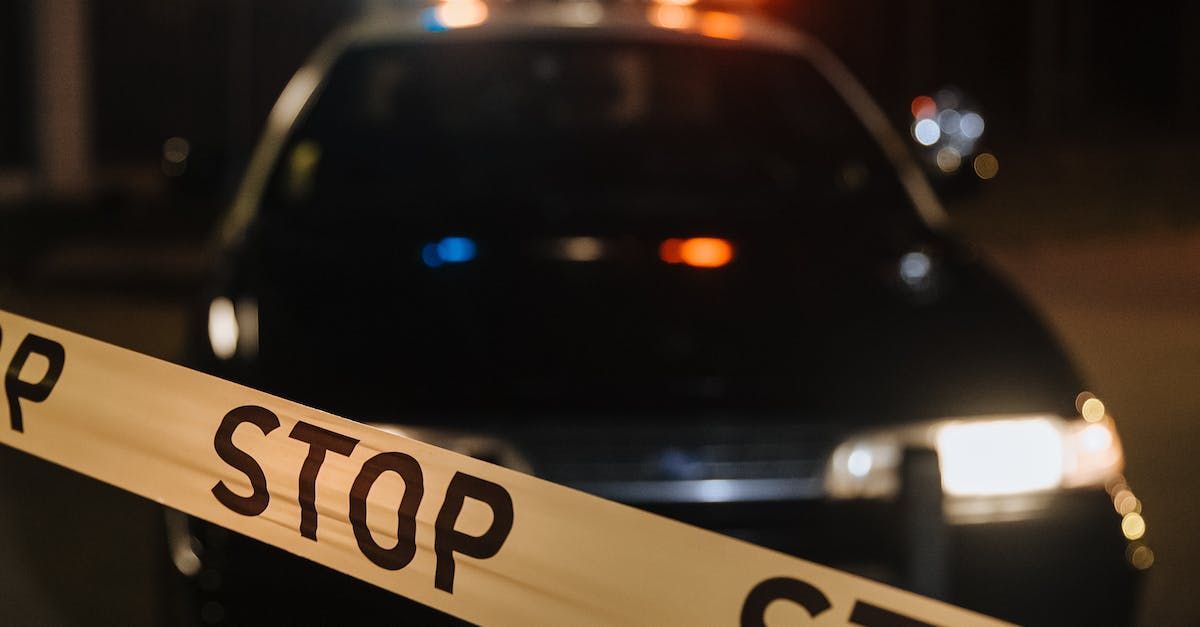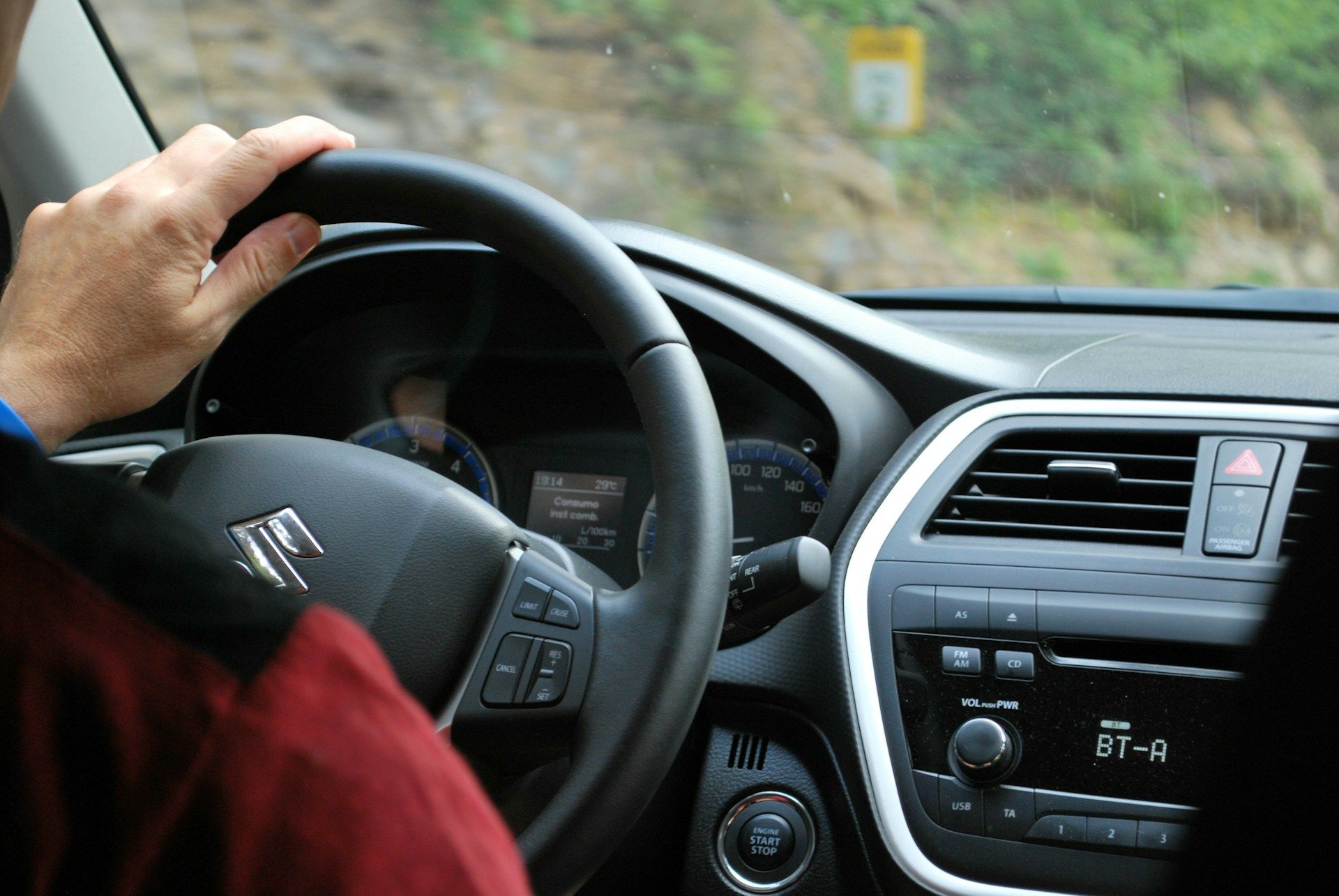Let's talk about your case
You can schedule a call with one of our lawyers anytime. Call today and get the help you need.
Or fill out our online form, and we will respond within 24 hrs.
Who's at-fault in a Car Accident?
Find out who's at-fault in your car accident

Car accidents can be stressful and overwhelming, especially when it comes to determining who is at fault. In Ontario, there are certain laws and rules that dictate how fault is assigned in car accidents. Understanding these laws and rules is crucial in determining the at-fault parties in a car accident. In this blog post, we will explore how to determine the at-fault parties in a car accident in Ontario.
1. Introduction
Car accidents can happen to anyone, and they can be caused by a variety of reasons. In some cases, accidents are caused by factors that are beyond the control of the drivers involved. However, in many cases, accidents are caused by the negligence or recklessness of one or more drivers. In Ontario, determining the at-fault parties in a car accident is important for a number of reasons.
2. Understanding Fault Determination Rules
In Ontario, the Fault Determination Rules are used to determine who is at fault in a car accident. These rules are used by insurance companies to determine the degree of fault of each driver involved in the accident. The Fault Determination Rules take into account a number of factors, including the position of the vehicles, the direction of travel, the actions of the drivers, and the vehicle damage.

3. Contributory Negligence
In some cases, more than one driver may be at fault for a car accident. This is known as contributory negligence. Contributory negligence means that each driver is responsible for a portion of the damages caused by the accident. In Ontario, the degree of contributory negligence is determined by the Fault Determination Rules.
4. Rear-End Collisions
Rear-end collisions are one of the most common types of car accidents. In most cases, the driver who rear-ends another vehicle is considered to be at fault. This is because the driver who rear-ends another vehicle is usually not leaving enough space between their vehicle and the vehicle in front of them.
5. Left-Turn Accidents
Left-turn accidents occur when a driver is making a left turn and collides with another vehicle. In most cases, the driver who is making the left turn is considered to be at fault. This is because the driver who is making the left turn is usually required to yield to oncoming traffic.
6. Intersection Accidents
Intersection accidents occur when two or more vehicles collide at an intersection. In most cases, the driver who fails to obey traffic signals or signs is considered to be at fault. However, if both drivers are at fault, contributory negligence may be assigned.
7. Pedestrian Accidents
Pedestrian accidents can be caused by a variety of factors, including distracted driving, speeding, and failure to yield to pedestrians. In most cases, the driver who hits a pedestrian is considered to be at fault. However, if the pedestrian is jaywalking or crossing the street illegally, contributory negligence may be assigned.

8. Determining Fault in Multi-Vehicle Accidents
In multi-vehicle accidents, determining fault can be more complicated. In these cases, the Fault Determination Rules are used to determine the degree of fault of each driver involved in the accident.
9. Witness Testimony
In some cases, witness testimony can be useful in determining who is at fault in a car accident. Witnesses can provide valuable information about the actions of the drivers involved in the accident.
10. Police Reports
Police reports can also be useful in determining who is at fault in a car accident. Police reports contain information about the actions of the drivers involved in the accident, as well as the road and weather conditions at the time of the accident.
11. Insurance Companies
Insurance companies also play a role in determining who is at fault in a car accident. Insurance companies use the Fault Determination Rules to determine the degree of fault of each driver involved in the accident.
12. Hiring a Lawyer
If you are involved in a car accident and are having difficulty determining who is at fault, it may be helpful to hire a lawyer. A lawyer can help you understand the laws and rules that govern fault determination in Ontario, and can help you navigate the insurance claims process.
13. Dealing with Insurance Companies
Dealing with insurance companies can be challenging, especially if you are unfamiliar with the claims process. It is important to remember that insurance companies are businesses, and their goal is to minimize their losses. It is important to be cautious when dealing with insurance companies, and to seek legal advice if necessary.
14. Filing a Claim
If you are involved in a car accident and believe that you are not at fault, you may be able to file a claim with your insurance company. It is important to provide as much information as possible when filing a claim, including witness testimony and police reports.
15. Disputing a Claim
If you are involved in a car accident and your insurance company assigns you a degree of fault that you believe is unfair, you may be able to dispute the claim. It is important to provide evidence to support your claim, such as witness testimony or police reports.
16. Conclusion
Determining the at-fault parties in a car accident in Ontario can be complicated. However, by understanding the Fault Determination Rules and seeking legal advice if necessary, you can protect your rights and ensure that you are treated fairly by insurance companies.
17. Resources
If you need more information about determining the at-fault parties in a car accident in Ontario, the following resources may be helpful:
- Ontario Ministry of Transportation
- Ontario Provincial Police
- Law Society of Ontario
Let's talk about your case
You can schedule a call with one of our lawyers anytime. Call today and get the help you need.
Or fill out our online form, and we will respond within 24 hrs.
Thank you for contacting us.
We will get back to you as soon as possible. You can also book using this link: Personal Injury Booking Page
Please try again later
Related Blog Posts
Practice Areas
QUICK LINKS
CONTACT US
Tel: (613) 505- 5025
Fax: (613) 234-5852
info@wvgblaw.com
200-2571 Carling Avenue
Ottawa, Ontario
K2B 7H7
SERVICES
RECENT BLOG POSTS














